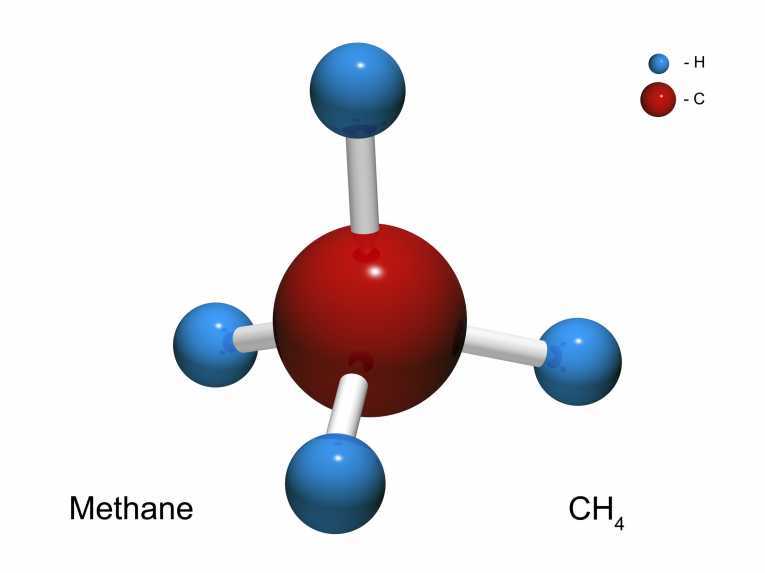Methane in , Part 2
If any two of four nonzero vectors in enclose the same angle , find the interval of possible values of .
Bonus Question : If any two of four nonzero vectors in (where ) enclose the same angle , find the interval of possible values of .
Challenge : Let's write a solution that does not use matrix techniques, to make it accessible to more members.

This section requires Javascript.
You are seeing this because something didn't load right. We suggest you, (a) try
refreshing the page, (b) enabling javascript if it is disabled on your browser and,
finally, (c)
loading the
non-javascript version of this page
. We're sorry about the hassle.
I will write a solution without using matrices, which will make my work quite a bit longer. I hope the solution will be accessible to those who have not studied Linear Algebra yet.
In what follows, it helps to remember that the angle θ between two non-zero vectors v i and v j in R n is defined by cos ( θ ) = ∣ ∣ v i ∣ ∣ ∣ ∣ v j ∣ ∣ v i ⋅ v j ; in the numerator we take the dot product of v i and v j .
Let v 1 , . . . , v 4 be four unit vectors in R n such that any two of them enclose an angle θ , meaning that v i ⋅ v j = cos ( θ ) for i = j . Then ( v 1 + v 2 + v 3 + v 4 ) ⋅ ( v 1 + v 2 + v 3 + v 4 ) = 4 + 1 2 cos ( θ ) ≥ 0 , so that cos ( θ ) ≥ − 3 1 .
Converely, for every k with − 3 1 ≤ k ≤ 1 we will show that there exist four nonzero vectors v 1 , . . , v 4 in R 4 such that any two of them enclose an angle θ with cos ( θ ) = k . Start with four unit vectors w 1 , . . , w 4 in R 3 such that w i ⋅ w j = − 3 1 when i = j . (You can take the normalized position vectors of the H atoms relative to C in a methane molecule.) Now imbed these vectors into R 4 and choose a vector w orthogonal to the w i with ∣ ∣ w ∣ ∣ 2 = a ≥ 0 . Let v i = w i + w . If θ is the angle between v i and v j , then cos ( θ ) = ∣ ∣ v i ∣ ∣ ∣ ∣ v j ∣ ∣ v i ⋅ v j = a + 1 a − 3 1 , which attains all values on the interval [ − 3 1 , 1 ) as we let a go from 0 to infinity. If we choose four identical non-zero vectors v i , then cos ( θ ) = 1 , of course, showing that the answer is [ − 3 1 , 1 ]
Bonus: The answer and the solution are the same for n > 4 : The four vectors we found in R 4 can be imbedded in R n for n > 4 .